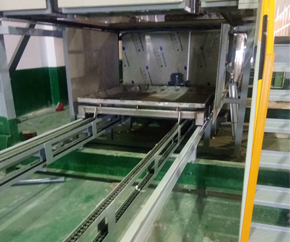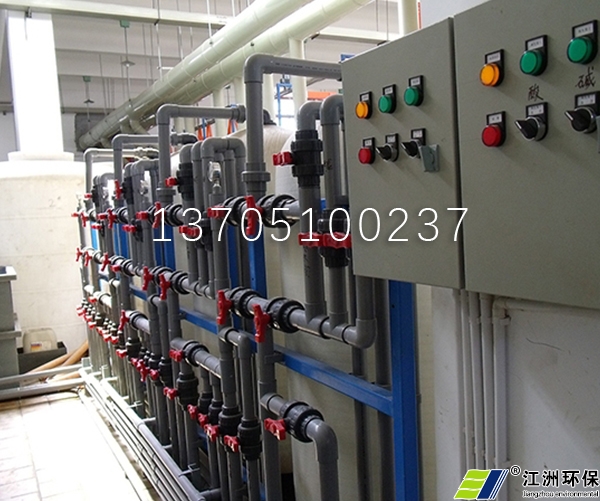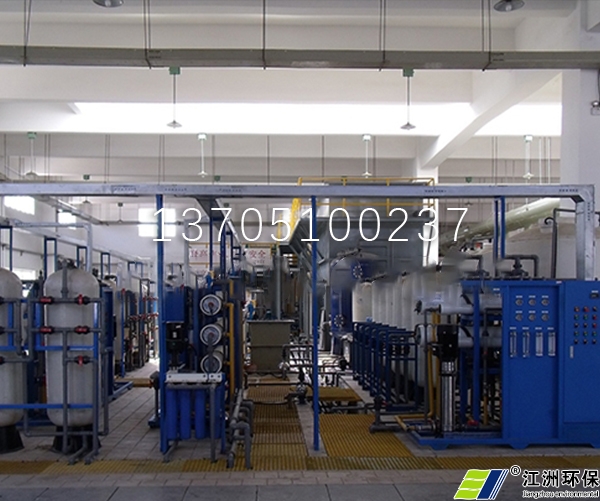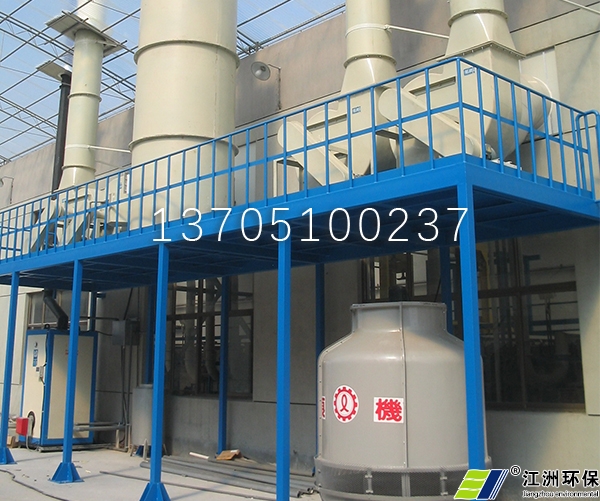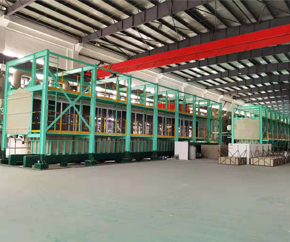present situation
Electroplating wastewater is treated by physicochemical method, biological treatment method, ion exchange method, electrolysis method, etc. The above methods are characterized by high cost, complex operation and difficult treatment of a large number of harmful pollutants with low concentration.
According to the statistics and investigation of the current treatment situation of electroplating wastewater in China, 7 different classification methods are widely used:
(1) Chemical precipitation method includes neutralization precipitation method and sulfide precipitation method.
(2) Oxidation reduction treatment, including chemical reduction method, ferrite method and electrolysis method 。
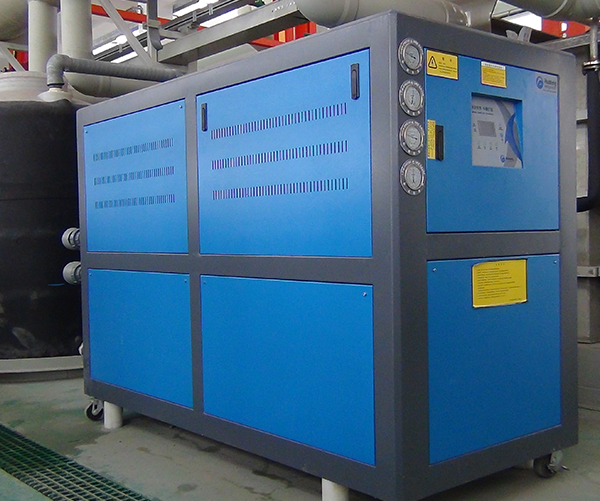
(3) Solvent extraction separation method.
(4) Adsorption method.
(5) Membrane separation technology.
(6) Ion exchange method.
(7) Biological treatment technology, including bioflocculation, biosorption, biochemistry and phytoremediation. But there are some drawbacks or serious irrationality.
Electroplating wastewater treatment process
The passivation concentrate is input into the reduction tank by the lift pump, and the sulfuric acid solution is added by the metering pump Enter the reduction tank to make the pH value of the reduction tank reach 2-3, and then add the reducing agent sulfite into the reduction tank through the metering pump to reduce hexavalent chromium to trivalent chromium.
The passivation solution and pre-treatment after reduction treatment, the washing water for zinc plating and nickel plating enters the large regulating pool. After being fully homogenized in the regulating pool, various waste water is lifted to the reaction pool 1 by the lift pump, and then enters CaCl2 through the metering pump to destroy the complex of Zn2+. In the reaction pool 2, it enters NaOH through the metering pump, and the pH value is adjusted within the range of 9-11. Then the waste water flows into the reaction pool 3, After entering the coagulant aid PAM through the metering pump, it enters the inclined plate sedimentation tank. The metal hydroxide forms sludge and sinks into the sludge hopper. The supernatant flows into the neutralization tank automatically for acid-base regulation. The pH value is adjusted within the range of 6-9 and then discharged. The sludge in the inclined plate sedimentation tank is regularly discharged to the sludge tank, treated into sludge cake by the box filter press, and then transported out for deep burial, and the sludge water returns to the regulating tank
Process characteristics
1. The separation process is reasonably configured, reliable and efficient
2. Directly enter the membrane separation system to avoid repeated dosing and reduce wastewater operation cost
3. Reduce the burden of wastewater treatment in the reaction comprehensive pool, and ensure the load balance of subsequent treatment
4. Greatly reduce the amount of acid and alkali
5. Effluent water is the standard of industrial softened water, which can be used for auxiliary water use in production



